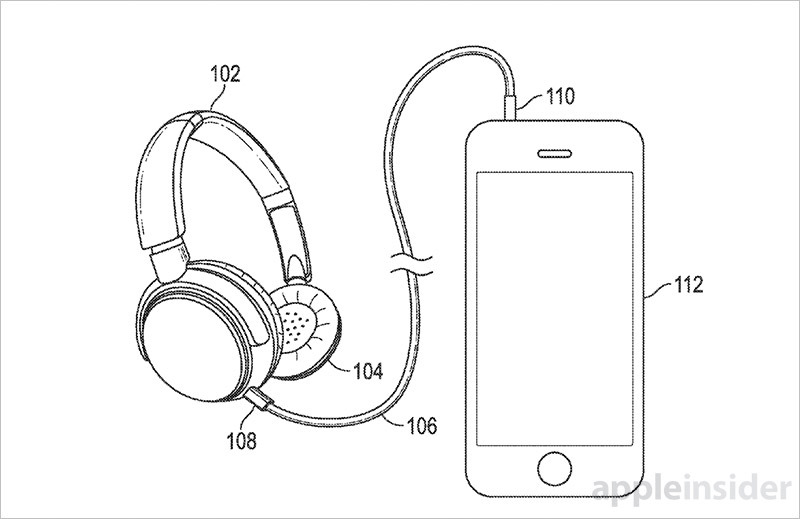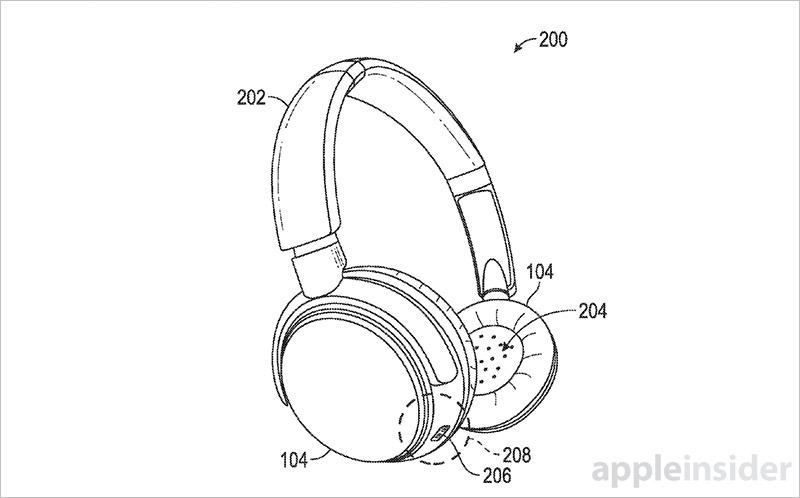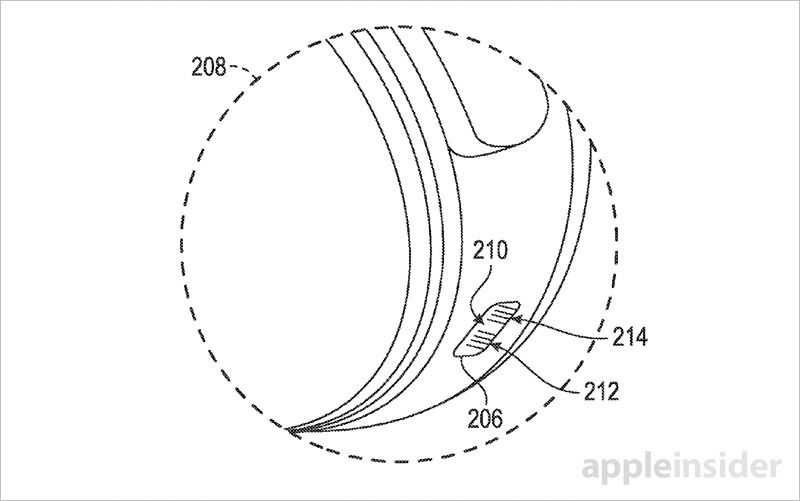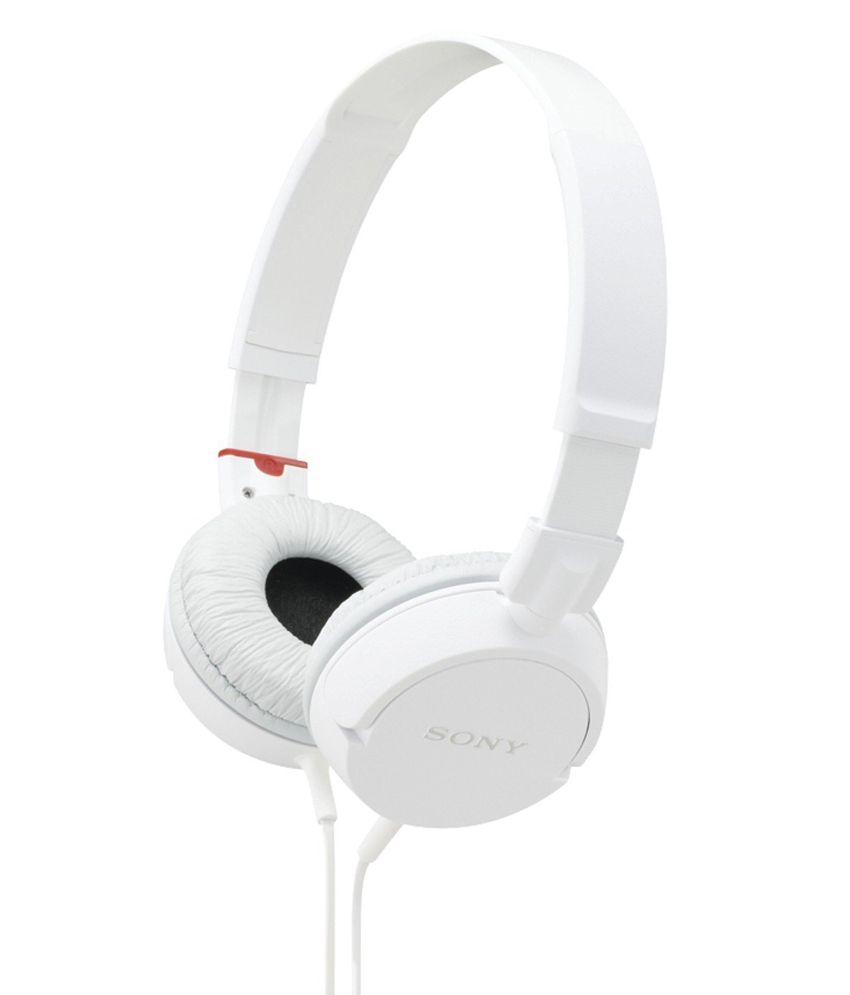An Apple patent application covering a wireless hybrid headphone system was published by the U.S. Patent and Trademark Office on Thursday, suggesting the company is continuing work on a Lightning-equipped audio product some expect will replace wired EarPods if and when iPhone ships without a 3.5mm headphone jack.
As published, Apple's patent application for "Audio class-compliant charging accessories for wireless headphones and headsets" details a headphone device and supporting hardware capable of seamlessly switching between wired and wireless listening modes.
Unlike traditional headphones that terminate in a 3.5mm TRRS (tip, ring, ring, sleeve) plug, Apple's invention employs an electrical connector compatible with both digital and analog signals, requirements the proprietary Lightning protocol satisfies. An ideal connector would employ a plurality of contacts to transfer power and audio data — via differential signaling — from a host device to the headphone. This arrangement allows for a single cable to both charge and control the device, eliminating the potential for ground loops that compromise audio fidelity.
In addition to wired contacts, Apple's proposed headphone includes an internal battery, processor, memory and antenna and wireless transceiver package for communicating with a user device. An iPhone, for example, is able to charge the headphone while being communicatively coupled to the device.
The key to Apple's invention is its handling of audio transmission signals. In practice, a user device communicates with the headphone both through wired and wireless interfaces, sending a packet of authentication data (including, but not limited to, audio) over for decision logic processing. This data is used by control circuitry to determine that the headphone connected via wired communication module is the same device as the headphone connected over wireless.
When a successful match is found, audio data sent to the headphone device via wired or wireless communications module is collected in a hardware buffer, or onboard memory. The headphone is able to fall back on this buffered audio when a user switches from wired to wireless playback, or vice versa, an action that normally results in audio dropouts as the system re-establishes communications.
As for design, the document keeps things vague, noting all supporting hardware can fit into in-ear, on-ear and over-ear styles.
Whether Apple will incorporate the technology into a next-generation headphone is unclear. Last November rumors surfaced claiming Apple plans to remove iPhone's 3.5mm headphone jack in favor of a wireless or Lightning solution. The company already fields both wireless and Lightning-enabled audio equipment through its Beats by Dre lineup, but has yet to utilize similar technology in an equivalent Apple-branded product.
Apple's hybrid headphone switching patent application was first filed for in October 2014 and credits Zachary C. Rich, Baptiste P. Paquier, Joseph A. Sarlo and Jahan C. Minoo as its inventors.
 Mikey Campbell
Mikey Campbell









-m.jpg)






 Christine McKee
Christine McKee
 Marko Zivkovic
Marko Zivkovic
 Mike Wuerthele
Mike Wuerthele

 Amber Neely
Amber Neely
 Sponsored Content
Sponsored Content
 Wesley Hilliard
Wesley Hilliard










7 Comments
Apple patent artists appear to be fans of Sony design.

This is the type of enhancement Apple would be considering when thinking about removal of the audio jack. Those who believe Apple wants to remove the audio jack purely to make the phone thinner have it less than half correct. First, the iPod Touch is already thinner (0.8mm thinner than the thinnest iPhone) while retaining an audio jack, so making the iPhone thinner isn't the impetus here. In part they are correct, as removal of the audio jack would eliminate a component and thereby free up space inside the handset, and that would appeal to Apple.
But I believe the main motivation is to advance the state of the art. That often leaves a contingent unhappy, and leaves behind old hardware that needs to be replaced, and so there will be a period of griping and handwringing, but as shown so often in the past, the world somehow adapts and we're all better for it. And so too is the environment without having to absorb all those built-in optical drives, hard drives, floppy drives, etc, that Apple removed in previous cycles of advancement and therefore don't exist to occupy landfills at the end of their useful life. I say, march forward.
What's the value? Redundancy? In home entertainment? So we have to have cable and wireless? I thought one method - wireless - is to replace others. For the record the metod may go to USPO, but I think someone may question it on basis of spread spectrum information transmission. Method is not new and known for decades in different form. So I belivbe this patent will be ignored outside USA and rememvber that patents are regional laws - nobody nededs to follow foolish patents in respective regions. In fact someone can chase Apple for that in those regions. I would not be surprised. Find something better to patent, please. It is about innovation and not commonly known methods.